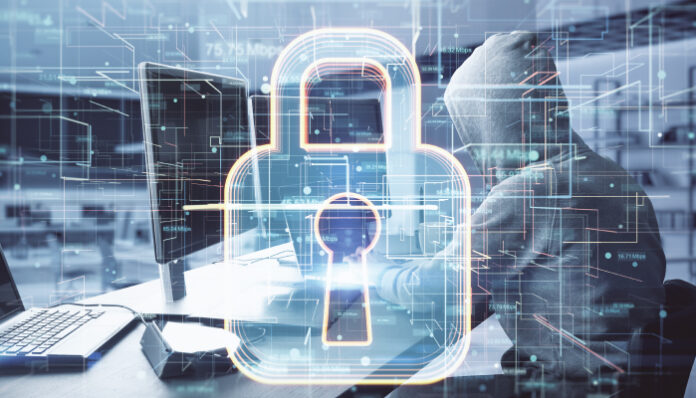Cybercriminals employ a multitude of strategies simultaneously and are always coming up with new ones. Biannual training is insufficient to engage employees or safeguard the company, so businesses must follow suit and adopt a multifaceted strategy for cybersecurity.
Social engineering scams can ask for credit card details through emails that appear to be from friends, or they can be extremely personal attacks in which scammers create fake social media accounts for members of the family and use location data and private photos to persuade users that they are legitimate.
Social engineering attacks can have a disastrous financial and emotional impact. Organizations aren’t helpless, though; the best defense is to establish a culture of digital literacy that expands with the business.
Boost Cybersecurity Training
Because cybercrime is rapidly evolving, so must the cybersecurity training approach of an enterprise. It’s critical to have cybersecurity training opportunities that will engage the workforce while also better defending the company from threats like social engineering.
Here are five things security leaders should consider as they strengthen their cybersecurity training program.
Take Things One Step at a Time
The good news is that security leaders can move forward steadily and build on their progress rather than starting with a full rollout of new strategies and policies.
For instance, a good place to start may be to hand out a security reminder on the first Monday of each month, encouraging the workforce to update their devices. They can also include a backup reminder at the end of each month when the process becomes routine.
Also Read: Leveraging IDR Solutions in the Modern Cybersecurity Threat Landscape
Leaders can keep refining their cybersecurity plan by incorporating new components that deal with social engineering and other kinds of threats. As leaders develop a stronger and more holistic training cycle, the company’s digital literacy will also improve.
Establish Clear Cybersecurity Policies
When businesses create their cybersecurity policies, they often adopt a one-size-fits-all approach. However, a uniform approach to cybersecurity policy is generally not going to address the security issues unique to every function, given the organization’s diversity of teams and roles.
Customizing cybersecurity policies for specific departments and roles is necessary. What are the security requirements of each team, and in what ways is each department most vulnerable to cyber-attacks? These are some questions for leaders to start with.
Address Fatigue
In order to avoid employee resentment over a process that doesn’t yield results right away, it’s critical to emphasize the importance of continuous training in thwarting attacks before they happen.
Leaders must ensure to avoid inciting fear fatigue in their employees, which happens when they are repeatedly exposed to unfavorable information or messaging that emphasizes unfavorable outcomes. Employees become demotivated by cybersecurity training that merely plays on fear, such as continuous notifications of risks.
Companies must strike a balance when communicating the very serious repercussions of cyber-attacks and more positive messaging, such as best practices and cyber hygiene routines while delivering training relating to threats like social engineering and more.
Also Read: Balbix Declares Cybersecurity Posture Automation for Microsoft Azure
Gamify Training
Because it increases engagement, gamification offers a tremendous opportunity for enhancing digital literacy. Cybersecurity training takes place on a competitive, point-earning platform where the workforce develops its skills alongside one another rather than viewing a video and taking a standard quiz. Learning becomes more enjoyable and memorable as a result of gamification.
The first line of defense is employees – prioritizing their role in cybersecurity and thwarting attacks is crucial. The most successful social engineering schemes and cyber-attacks employ the entire toolkit at their disposal, and businesses must do the same. They must have cybersecurity practices that make their employees their best defense and provide them with a variety of training opportunities.
For more such updates follow us on Google News ITsecuritywire News. Please subscribe to our Newsletter for more updates.









